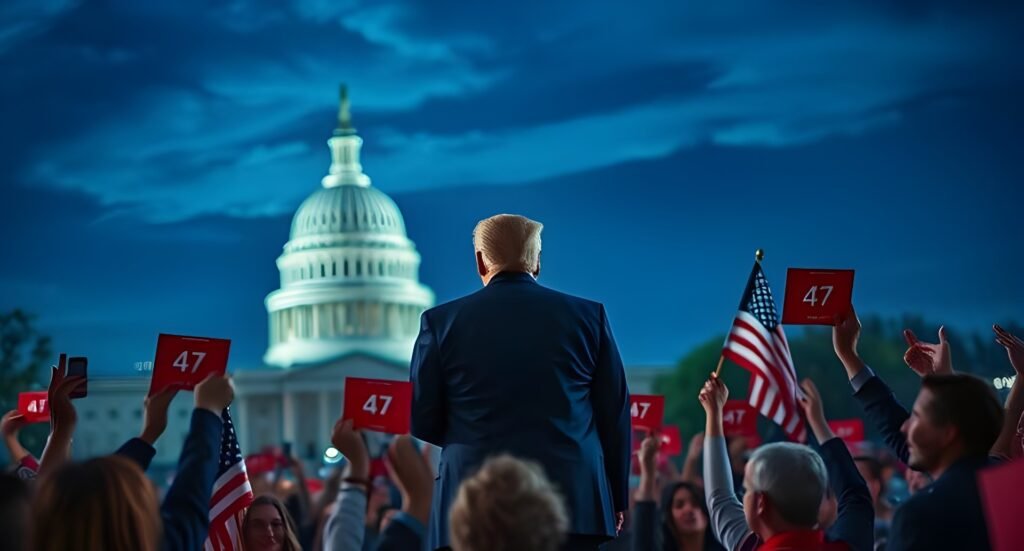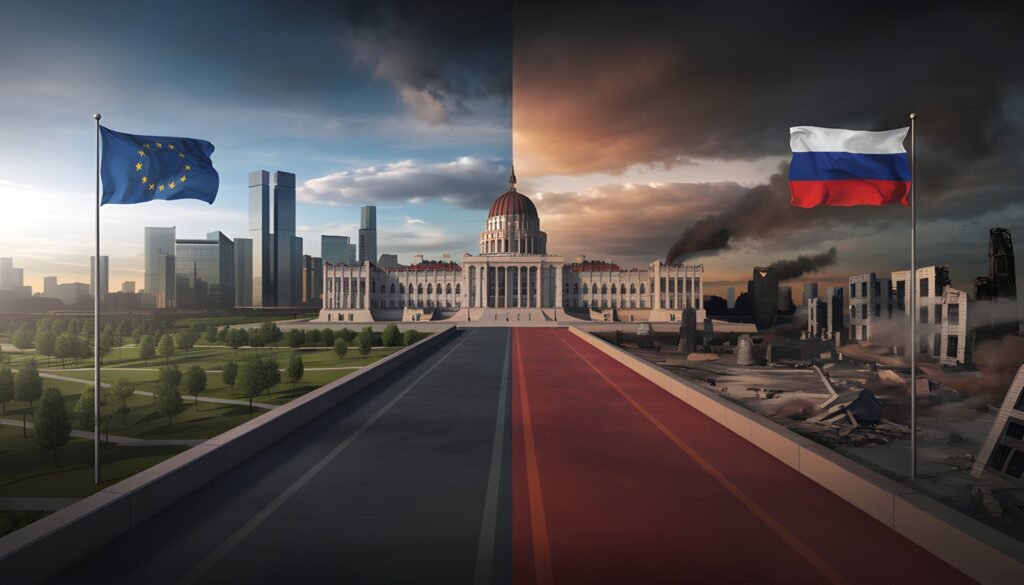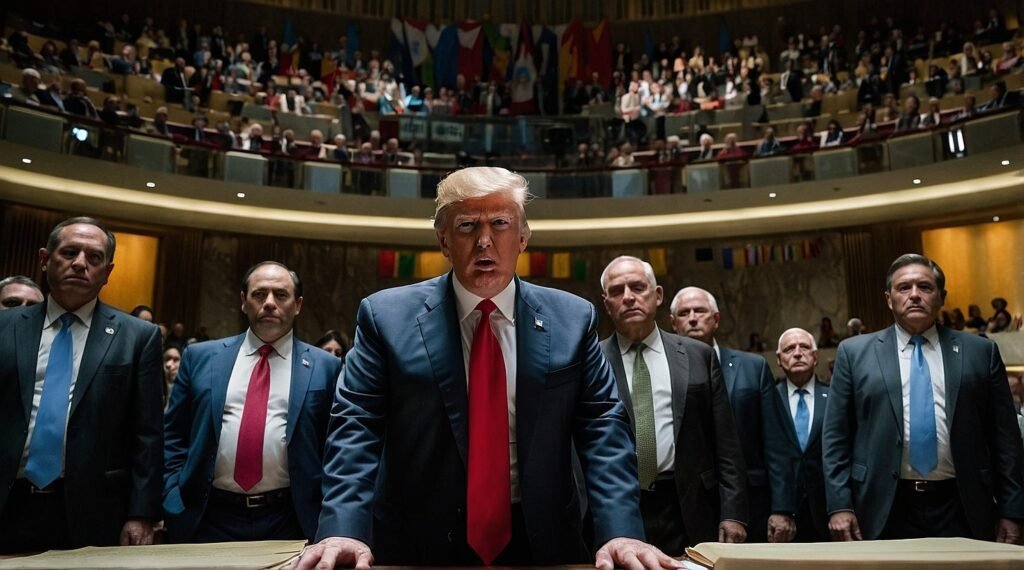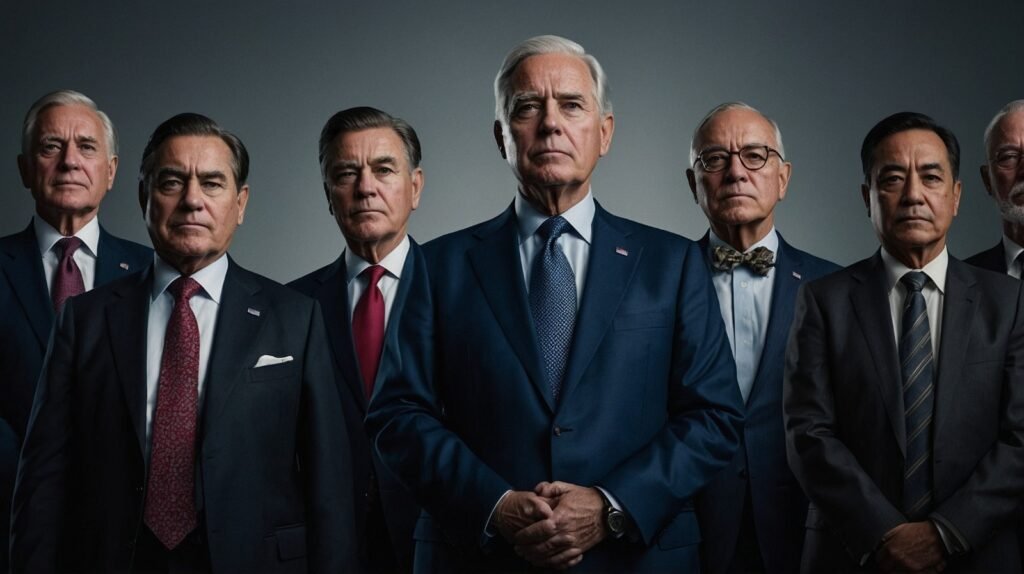|
Getting your Trinity Audio player ready...
|
The headlines wrote themselves in 2025. By January, Donald J. Trump was sworn in—again—as the 47th President of the United States. By February, a second trade war had exploded across the globe. By March, billionaires were celebrating champagne-toasts in Florida mansions while Midwest manufacturers began laying off workers. By April, one thing had become clear: if you wanted to study wealth inequality in action, America had become the world’s leading case study.
Act I: The Art of Tariffs — Season Two (2025)
President Trump wasted no time. Within days of retaking the Oval Office, he declared “Liberation Day”—an economic doctrine dressed in nationalism and printed with punitive tariffs. On January 20th, his administration rolled out sweeping new tariffs on nearly every major trade partner: 60% on Chinese goods, 50% on Vietnamese imports, 35% on Mexican and Indian products, and heavy hits to allies like Japan, Germany, and the UK. The message? America First. The effect? The American people pay the bill.
Financial analysts at first scrambled to interpret the logic. Some called it a negotiating tactic. Others, a revenge fantasy against a world Trump felt had mocked him. But for anyone at the checkout line watching prices balloon, the message hit home: this wasn’t a tax on China. This was a tax on Americans.
And the rich? They saw it coming. They dumped stocks before the tariffs were public, cashed out of vulnerable sectors, and moved their capital into gold—safe, inflation-proof, and already poised for a surge. By the time the public understood what was happening, elite investors had made billions. It was the greatest insider stampede since the 2008 crash—only this time, it was perfectly legal.
Then came the pivot. On April 9th, Trump announced a surprise 90-day pause on tariffs, spinning it as a gesture of goodwill. Markets rallied—and the wealthy moved swiftly again. They sold off their gold holdings, locking in massive profits from the artificial surge in value. Then, they dove back into the stock market, scooping up commercial stocks at prices lower than they had sold them for weeks earlier. They profited twice: once on the fear, once on the rebound.
Once again, the system rewarded those with foresight, capital, and connections. Everyone else was left with receipts, inflation, and political theater reruns on every screen.
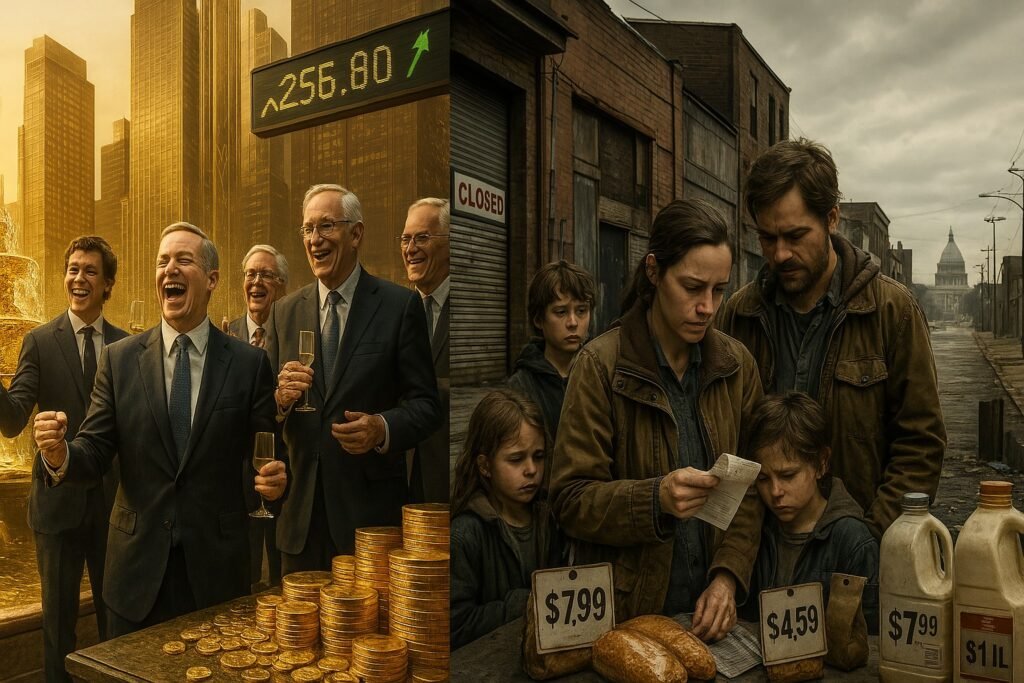
Act II: The Billionaire Boys’ Club Applauds
As tariffs pushed prices up and international tension rose, America’s ultra-wealthy found reasons to smile. Trump’s inner circle had grown richer since his last term, and now they had skin in the new game. Elon Musk, Peter Thiel, Stephen Schwarzman, and a cast of ultra-right donors threw their weight behind the president during the campaign. They weren’t betting on ideology; they were investing in influence.
As Trump pushed deregulation, tax breaks, and isolationist policies, certain industries saw record profits: defense, energy, AI surveillance, and domestic manufacturing monopolies. Stock prices climbed—for those who held them. Meanwhile, the average American paid 20% more for electronics, furniture, and groceries.
Act III: The Great American Wealth Transfer
Who really pays tariffs? The answer in 2025 was painfully clear: consumers. Financial analysts across the spectrum confirmed it. When the cost of imports skyrockets, businesses don’t eat the cost—they pass it on. A toy that cost $10 in 2024 now rings up at $13.50. Multiply that across every room in your house, and you begin to feel the squeeze.
Working-class families, especially in states that voted red, felt the pain first. Ironically, these were the very voters promised a better life through economic nationalism. Meanwhile, the top 1% profited off volatility. Hedge funds bet on trade disruptions. Billionaires shorted foreign markets and bought up distressed assets.
The system wasn’t broken—it was designed this way.
Act IV: Financial Fictions and the New Normal
Each week, press briefings spun tariffs as strength, inflation as growing pains, and billionaire windfalls as signs of a thriving America. The narrative was clear: if you weren’t winning, you weren’t trying hard enough. On Wall Street, banks invented new terms like “patriotic inflation” and “protectionist premiums.” On Main Street, families pulled kids from daycare and started new part-time jobs just to stay afloat.
Media-friendly economists cheered. Dissenting voices were labeled globalist traitors. Meanwhile, a new billionaire class emerged—not just surviving the trade war, but thriving. They donated to Trump PACs, appeared at Mar-a-Lago dinners, and bought more real estate. It was, as one analyst wrote, “the most successful top-down wealth consolidation in American history.”
Beware: The War Isn’t Over
If 2025 has shown us anything so far, it’s that making the rich richer and the poor poorer isn’t a side effect. It’s the plan. Through performative patriotism and economic sabotage disguised as self-reliance, the second Trump presidency has so far delivered wealth to the few and hardship to the many. It’s a masterclass in political theater—and the cost of admission is your paycheck.
We’ll continue writing about this unraveling story as the months unfold. Check in with us every day. Leave a comment. Let us know how these policies are affecting you. We’re watching closely—and we know you are, too.


